Introduction
BMW, one of the world’s most iconic automotive brands, has always been at the forefront of innovation, performance, and luxury. As we move deeper into the 21st century, the automotive industry is rapidly evolving with new technologies, changing consumer demands, and shifting environmental regulations. BMW, which has long been a symbol of performance and engineering excellence, is at the heart of these transformations.
This article will explore the latest developments in BMW’s automotive news, including their advancements in electric mobility, cutting-edge technology, performance enhancements, sustainability initiatives, and global market strategies. By examining these factors, we will gain insight into how BMW is shaping the future of the automobile industry and how their innovations are influencing the way we think about cars, driving, and mobility.
I. BMW’s Vision of the Future: Electric and Sustainable Mobility
One of the most significant shifts in the automotive industry is the move towards electric vehicles (EVs). BMW, with its strong history of innovation, has fully embraced this change, pushing the boundaries of electric mobility through their i Series, the launch of the iX3, i4, and iX, as well as their ongoing development of hydrogen-powered cars.
A. The i Series: BMW’s Electric Revolution
- The BMW i3: A look back at the i3 as the company’s first step into the electric world, offering a unique design and groundbreaking use of sustainable materials.
- The BMW i8: A futuristic hybrid sports car that redefined luxury performance and design.
- The iX3: BMW’s first all-electric SUV and its implications in the growing electric vehicle market.
- The BMW iX: BMW’s flagship electric SUV, offering cutting-edge technology, high performance, and sustainable materials.
B. The i4: BMW’s Electric Sedan
- A detailed review of the BMW i4, a fully electric sedan with the performance characteristics expected from the brand, including acceleration, driving dynamics, and range.
- BMW’s push to match the i4 against the Tesla Model 3, Audi e-tron GT, and other electric sedans in terms of technology, price, and driving experience.
C. BMW’s Hydrogen Strategy: The i Hydrogen NEXT
- The role of hydrogen fuel cells in BMW’s long-term strategy for sustainable mobility.
- The i Hydrogen NEXT as a preview of the future of hydrogen-powered vehicles and BMW’s plans to integrate this technology into their lineup.
D. BMW’s Commitment to Carbon Neutrality
- BMW’s sustainability goals: reducing emissions, using recycled materials, and ensuring sustainability throughout its manufacturing process.
- The company’s long-term goals to achieve carbon neutrality by 2050 and its role in setting industry standards for sustainability.
II. Cutting-Edge Technology: How BMW is Defining the Connected Car
BMW has consistently been at the forefront of automotive technology. With the rise of smart cars, autonomous driving, and increasingly integrated user experiences, BMW has introduced a variety of technologies that not only enhance driving experiences but also lay the groundwork for future automotive technologies.
A. BMW iDrive and the Latest Infotainment Systems
- The evolution of the iDrive system from its inception in 2001 to the latest BMW Operating System 8. This section will explore the major advancements in user interface, connectivity, and ease of use.
- Integration with Apple CarPlay, Android Auto, and BMW’s own cloud-based services.
- The role of artificial intelligence and voice recognition systems, such as the BMW Intelligent Personal Assistant, which understands natural language commands and personalizes the driving experience.
B. Autonomous Driving: BMW’s Path to Level 5 Autonomy
- BMW’s ongoing developments in autonomous driving technology, including its collaboration with other tech companies and startups.
- The current status of BMW’s autonomous driving system (Level 2 and Level 3), and its future plans for achieving full autonomy.
- The technological challenges of achieving true self-driving cars and how BMW is navigating them.
C. BMW’s Advanced Driver Assistance Systems (ADAS)
- Overview of the suite of ADAS technologies, such as lane departure warning, automatic emergency braking, adaptive cruise control, and collision avoidance systems.
- How these technologies contribute to BMW’s reputation for safety and its plans for future enhancements.
- The safety and ethical considerations surrounding autonomous vehicles and BMW’s approach to ensuring consumer safety in all its innovations.
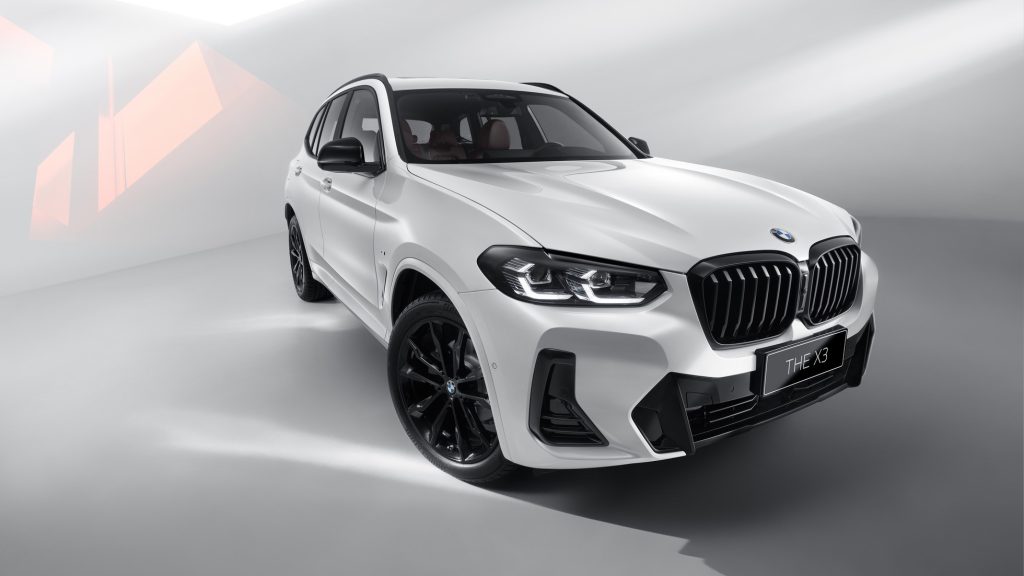
III. Performance: How BMW Continues to Dominate the Driving Experience
BMW has long been known for its performance vehicles, especially the M Series, and the brand continues to push the envelope with its high-performance models, innovative engineering, and motorsport heritage.
A. The M Series: Pushing the Limits of Performance
- The BMW M4, M5, and M8: In-depth analysis of the latest iterations of these legendary performance vehicles.
- Key performance specs, including horsepower, torque, 0-60 times, and handling capabilities.
- How the M Series blends everyday usability with extreme performance, catering to driving enthusiasts while maintaining luxury.
B. BMW’s Motorsport Legacy
- BMW’s continued involvement in motorsport through Formula E, endurance racing, and other events.
- The influence of motorsport on the development of road-going BMW vehicles, particularly in terms of lightweight materials, aerodynamics, and performance tuning.
- How BMW uses motorsport as a platform to showcase new technologies and gain valuable consumer insights.
C. The BMW Driving Experience: Innovation in Chassis and Suspension Systems
- The role of BMW’s xDrive all-wheel-drive system and Adaptive M suspension in providing a dynamic driving experience.
- BMW’s investment in performance-oriented engineering, such as active steering, adaptive damping, and dynamic traction control.
- How BMW continues to evolve the driving experience to meet the demands of consumers seeking both comfort and thrill.
IV. BMW’s Global Strategy: Market Expansion and Consumer Engagement
BMW’s strategy to maintain its leadership in the global automotive market involves not only technological innovation but also a strong focus on expanding its market presence, particularly in emerging markets, and enhancing customer engagement.
A. Expansion in Emerging Markets
- BMW’s focus on China, India, and other rapidly developing economies as key growth regions for the future.
- The role of BMW’s local manufacturing plants in these regions and the adaptation of vehicles to suit local tastes and needs.
- How BMW’s expansion into electric mobility and luxury services is positioned to capitalize on the growing demand for high-end vehicles in these markets.
B. The Role of Sustainability in Marketing
- How BMW uses its sustainability initiatives as part of its brand identity to appeal to environmentally-conscious consumers.
- The rise of the “green luxury” market and how BMW is responding with sustainable vehicle options, green manufacturing practices, and eco-friendly services.
C. Consumer Engagement: The BMW Experience
- The BMW customer experience: How the brand ensures a seamless experience from purchasing to aftersales services.
- The BMW brand community, including events like BMW Welt in Munich and the BMW Owners’ Club.
- Digital and direct-to-consumer marketing strategies, including virtual showrooms, online configurators, and interactive ad campaigns.
V. BMW and the Future of Mobility: A Look Ahead
BMW is continually reshaping its vision for the future of mobility. Whether it’s autonomous vehicles, sustainable urban transport, or advanced AI integration, BMW is preparing for a new era of driving.
A. The Role of Urban Mobility
- BMW’s commitment to urban mobility solutions: car-sharing programs like DriveNow, scooter-sharing programs, and future plans for on-demand transportation services.
- The importance of building a sustainable urban ecosystem and BMW’s participation in initiatives such as smart cities and infrastructure development.
B. The BMW iNext and Next-Generation Vehicles
- The upcoming BMW iNext, an autonomous, electric flagship SUV, and how it represents the future of BMW’s design, technology, and sustainability goals.
- What the iNext says about BMW’s future direction in terms of user experience, connectivity, and performance.
C. BMW’s Vision of “Shared, Connected, and Electric”
- The shift towards integrated mobility solutions, including the future of shared electric vehicles, connected car technology, and the role of BMW in reshaping urban transportation.
- How BMW envisions future cars as platforms for new, diverse experiences beyond traditional driving.
VI. Conclusion: BMW’s Role in Shaping the Future of the Automotive Industry
BMW’s latest developments reflect a company that is constantly evolving to meet the challenges of the modern automotive industry. From electric vehicles and autonomous driving to groundbreaking technological advancements and sustainability efforts, BMW is positioning itself as a leader in the future of mobility. By examining its innovations and strategies, it’s clear that BMW is not only shaping the future of driving but is also setting the stage for an entirely new era in which sustainability, connectivity, and performance come together to redefine what it means to be a car owner in the 21st century.



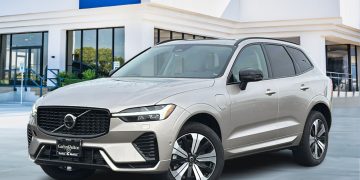


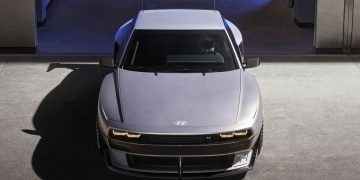


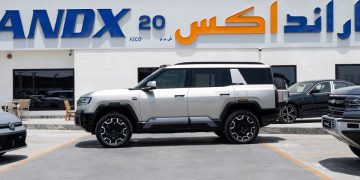

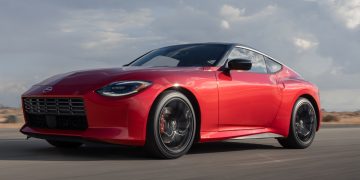






















Discussion about this post